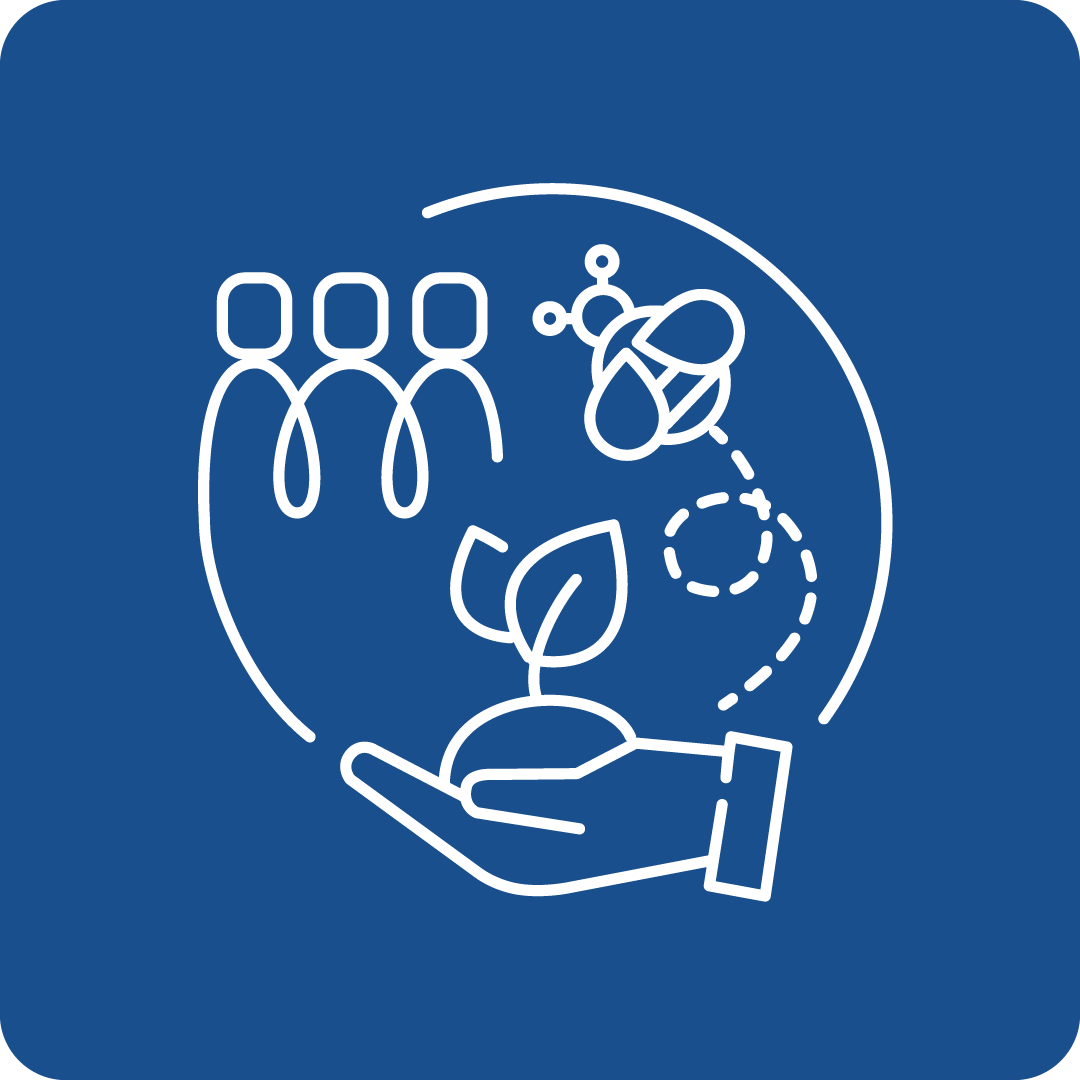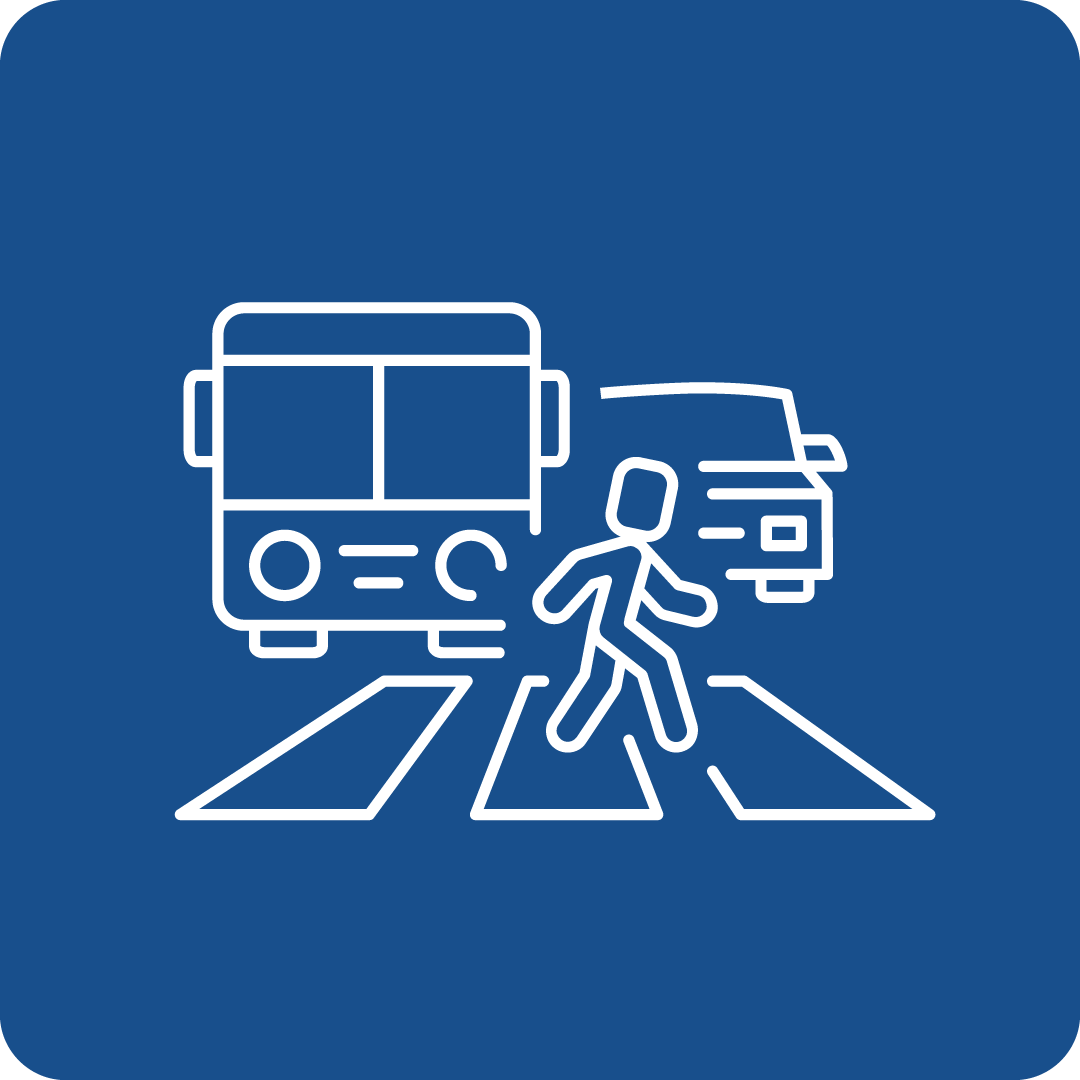Filter Search for grants
Call Navigation
Deadline expired
The deadline for this call has expired.
Call key data
Advanced transport emissions monitoring networks
Call number
HORIZON-CL5-2023-D5-01-18
deadlines
Opening
13.12.2022
Deadline
20.04.2023 17:00
Funding rate
70% (NPO:100%)
Call budget
€ 10,000,000.00
Estimated EU contribution per project
€ 5,000,000.00
Link to the call
Link to the submission
Call content
Call objectives
Transport emissions are a known cause of air and noise pollution in Europe, and therefore negative health impacts, particularly in urban environments. Road emissions play a significant part, but there can be important contributions by other transport sources if airports, ports, or rail stations with significant traffic from diesel locomotives are within or close to the city boundaries. Moreover, construction machinery can largely contribute to both emissions and noise where large building sites are present.
Long-term exposure to air pollutants from road traffic, railways and aircrafts can lead to serious health effects, such as sleep disturbance, cardiovascular diseases, metabolic disorders, annoyance, cognitive impairment and mental health problems. Noise pollution has its share of causing those health impacts and is an equally important environmental concern, likewise emitted by means of transport (road, rail, air traffic) and from sites of industrial activity. Besides the combustion engine, it can also be caused by aerodynamics or tyre-road or wheel-rail interactions. It adversely affects quality of life and well-being, prompting the need for seeking solutions to tackle these two forms of environmental pollution in order to reduce their harmful effects on human health and on the natural environment.
While some of these emissions are regulated, it has become apparent that the performance of propulsion and after treatment systems can change depending on use conditions or over time due to different causes (poor or even fraudulent design, tampering by the user, poor maintenance, catalyst degradation …). Therefore, there is more and more interest to monitor these pollutant and noise emissions to the level of the individual vehicle and their cumulative effect at the city scale in order to provide a sound basis to understand the causes and to tackle, if needed, higher-than-expected emissions by enforcement or regulatory means.
Traffic-related particles can be distinguished into exhaust traffic related particles, which are emitted as a result of incomplete fuel combustion and lubricant volatilisation during the combustion procedure, and non-exhaust traffic related particles, which are either generated from non-exhaust traffic related sources such as brake, tyre, clutch and road surface wear or already exist in the environment as deposited material and become re-suspended due to traffic induced turbulence. It is estimated that exhaust and non-exhaust sources contribute significantly to total traffic related PM10 emissions, thus it is important to monitor both these categories of pollutant emissions, while differentiating their contribution to PN.
The Flagship on the contribution of transport to pollution in the 2019 call has included several topics addressing the development of technologies to monitor some of these emissions, and it is now important to transfer these technologies to the field and to integrate them in networks capable of 24/7 unassisted operation and data management and reporting for enforcement and fleet monitoring by cities and national bodies, and where appropriate shared with EU level bodies.
The design, testing and demonstration of these applications will be developed in cooperation with the involved cities, citizen associations, and authorities, to achieve the best use of monitoring data. Citizen science approach could be appropriate for these activities.
Projects are expected to install monitoring stations around at least 5 ports and 5 airports, allowing for instance to monitor and enforce the respect of fuel use mandates, correct noise abatement procedures, aircraft type limitations, etc. Projects should achieve synergies between the monitored cities, ports and airports.
At the same time, recent WHO guidance recognised the specific risks posed by nanoparticles and provided for the first time a quantification of what can be considered a low and a high concentration of particles in terms of numbers instead of mass. Guidance was also provided to widen the collection of data to ultrafine particles down to at least 10nm, in order to allow the performance of epidemiological studies and, in the longer term, the establishment of new limit values.
Moreover, emerging pollutants and greenhouse gases are increasing due to the deployment of new technologies. Nitrous oxide, for instance, is both a very potent GHG and a neurotoxic with negative effects also on liver and kidneys and is a by-product of several catalysts. Ammonia is also posing similar by-product issues, in particular for methane and SCR-equipped vehicles, by leading to high secondary particulate levels. Therefore, monitoring these and other chemicals and their synergistic effects is becoming more and more important to inform policy decisions and provide data for modelling and emissions inventories.
A specific topic in the 2020 Green Deal call foresaw the developments of measurement instruments and methodologies for ambient ultrafine particles and atmospheric particulate matter, their sizes, constituents, source contributions and gaseous precursors. The wider deployment of the results on a cross-European base, encompassing as many as possible different locations in terms of urban morphology and meteorological and pollution conditions is paramount for the validation of the system and for the establishment of an EU-wide network.
Establishing, or contributing to, national level databases of traffic related emissions could support population-based health studies about the impact of these emissions to human health. These databases could, for example, contain detailed information on traffic density, modal split, current composition of the respective road traffic fleet, especially in urban areas, and all health relevant pollutants, such as particles (PM10, PM2.5, PN), NOx, benzene and UFP/EC/BC.
In consideration of the above, proposals should address all the aforementioned aspects and issues in order to achieve the expected outcomes.
read more
Expected results
Supporting the Zero Pollution Action Plan and its monitoring strategy by:
- Monitoring pollutant (including both exhaust and non-exhaust traffic related particles) and noise emissions of road vehicles on specific sites in urban areas with high density traffic in order to feed multiple real time systems and databases for air quality and environmental noise monitoring, anti-tampering enforcement, market surveillance and policy support at local, national and EU level.
- Monitoring pollutant (including both exhaust and non-exhaust traffic related particles) and noise emissions around ports, rail stations or junctions, dry ports, and airports, allowing for instance to monitor and enforce the respect of fuel use mandates in specific protection areas, correct noise abatement procedures, aircraft type limitations, etc.
- Establishing real time maps and networks in at least eight cities with at least three traffic air quality and noise stations on each city (a minimum of 5 stations in ports and 5 stations in airports is required) capable of measuring noise and solid particle number (PN down to 10nm according to WHO recommendations) and other emerging pollutants and GHGs in addition to the currently regulated ones and the impact of nature-based solutions (such as line trees along the streets, green facades in buildings, urban parks etc.) for mitigating them.
- Supporting local, regional and national emissions and noise reduction plans (including dynamic ones based on smart traffic management systems, capable of influencing the behaviour of drivers and automated vehicles) by providing supporting real time data and integrating the impact of road, rail, port and airport traffic into the management strategy.
- Supporting health studies about the impact of ultrafine particles according to recent WHO guidance
- Stimulate citizen awareness and engagement in the Zero Pollution strategy (also through citizen science approach)
- Providing recommendations concerning the use of nature-based solutions for mitigating urban air and noise pollution and contribute to the standardisation effort of sensing/monitoring technologies.
read more
Eligibility Criteria
Regions / countries for funding
Moldova (Moldova), Albania (Shqipëria), Armenia (Հայաստան), Bosnia and Herzegovina (Bosna i Hercegovina / Босна и Херцеговина), Faeroes (Føroyar / Færøerne), Georgia (საქართველო), Iceland (Ísland), Israel (ישראל / إِسْرَائِيل), Kosovo (Kosova/Kosovë / Косово), Montenegro (Црна Гора), Morocco (المغرب), North Macedonia (Северна Македонија), Norway (Norge), Serbia (Srbija/Сpбија), Tunisia (تونس /Tūnis), Türkiye, Ukraine (Україна), United Kingdom
eligible entities
EU Body, Education and training institution, International organization, Natural Person, Non-Profit Organisation (NPO) / Non-Governmental Organisation (NGO), Other, Private institution, incl. private company (private for profit), Public Body (national, regional and local; incl. EGTCs), Research Institution incl. University, Small and medium-sized enterprise (SME)
Mandatory partnership
Yes
Project Partnership
To be eligible for funding, applicants must be established in one of the following countries:
- the Member States of the European Union, including their outermost regions
- the Overseas Countries and Territories (OCTs) linked to the Member States
- third countries associated to Horizon Europe - see list of particpating countries
Only legal entities forming a consortium are eligible to participate in actions provided that the consortium includes, as beneficiaries, three legal entities independent from each other and each established in a different country as follows:
- at least one independent legal entity established in a Member State; and
- at least two other independent legal entities, each established in different Member States or Associated Countries.
Any legal entity, regardless of its place of establishment, including legal entities from non-associated third countries or international organisations (including international European research organisations) is eligible to participate (whether it is eligible for funding or not), provided that the conditions laid down in the Horizon Europe Regulation have been met, along with any other conditions laid down in the specific call topic.
A ‘legal entity’ means any natural or legal person created and recognised as such under national law, EU law or international law, which has legal personality and which may, acting in its own name, exercise rights and be subject to obligations, or an entity without legal personality.
Specific cases:
- Affiliated entities — Affiliated entities (i.e. entities with a legal or capital link to a beneficiary which participate in the action with similar rights and obligations to the beneficiaries, but which do not sign the grant agreement and therefore do not become beneficiaries themselves) are allowed, if they are eligible for participation and funding.
- Associated partners — Associated partners (i.e. entities which participate in the action without signing the grant agreement, and without the right to charge costs or claim contributions) are allowed, subject to any conditions regarding associated partners set out in the specific call conditions.
- Entities without legal personality — Entities which do not have legal personality under their national law may exceptionally participate, provided that their representatives have the capacity to undertake legal obligations on their behalf, and offer guarantees to protect the EU’s financial interests equivalent to those offered by legal persons.
- EU bodies — Legal entities created under EU law including decentralised agencies may be part of the consortium, unless provided for otherwise in their basic act.
- Joint Research Centre (‘JRC’)— Where provided for in the specific call conditions, applicants may include in their proposals the possible contribution of the JRC but the JRC will not participate in the preparation and submission of the proposal. Applicants will indicate the contribution that the JRC could bring to the project based on the scope of the topic text. After the evaluation process, the JRC and the consortium selected for funding may come to an agreement on the specific terms of the participation of the JRC. If an agreement is found, the JRC may accede to the grant agreement as beneficiary requesting zero funding or participate as an associated partner, and would accede to the consortium as a member.
- Associations and interest groupings — Entities composed of members (e.g. European research infrastructure consortia (ERICs)) may participate as ‘sole beneficiaries’ or ‘beneficiaries without legal personality’. However, if the action is in practice implemented by the individual members, those members should also participate (either as beneficiaries or as affiliated entities, otherwise their costs will NOT be eligible.
other eligibility criteria
Activities are expected to achieve TRL 7-8 by the end of the project.
For the Technology Readiness Level (TRL), the following definitions apply:
- TRL 1 — Basic principles observed
- TRL 2 — Technology concept formulated
- TRL 3 — Experimental proof of concept
- TRL 4 — Technology validated in a lab
- TRL 5 — Technology validated in a relevant environment (industrially relevant environment in the case of key enabling technologies)
- TRL 6 — Technology demonstrated in a relevant environment (industrially relevant environment in the case of key enabling technologies)
- TRL 7 — System prototype demonstration in an operational environment
- TRL 8 — System complete and qualified
- TRL 9 — Actual system proven in an operational environment (competitive manufacturing in the case of key enabling technologies, or in space)
If projects use satellite-based earth observation, positioning, navigation and/or related timing data and services, beneficiaries must make use of Copernicus and/or Galileo/EGNOS (other data and services may additionally be used).
Additional information
Topics
Relevance for EU Macro-Region
EUSAIR - EU Strategy for the Adriatic and Ionian Region, EUSALP - EU Strategy for the Alpine Space, EUSBSR - EU Strategy for the Baltic Sea Region, EUSDR - EU Strategy for the Danube Region
UN Sustainable Development Goals (UN-SDGs)
![]()
![]()
![]()
Additional Information
All proposals must be submitted electronically via the Funders & Tenders Portal electronic submission system (accessible via the topic page in the Search Funding & Tenders section). Paper submissions are NOT possible.
Proposals must be complete and contain all parts and mandatory annexes and supporting documents, e.g. plan for the exploitation and dissemination of the results including communication activities, etc.
The application form will have two parts:
- Part A (to be filled in directly online) contains administrative information about the applicant organisations (future coordinator and beneficiaries and affiliated entities), the summarised budget for the proposal and call-specific questions;
- Part B (to be downloaded from the Portal submission system, completed and then assembled and re-uploaded as a PDF in the system) contains the technical description of the project.
Annexes and supporting documents will be directly available in the submission system and must be uploaded as PDF files (or other formats allowed by the system).
The limit for a full application (Part B) is 45 pages.
Call documents
HE-Work Programme 2023-2024, Cluster 5, Destination 5HE-Work Programme 2023-2024, Cluster 5, Destination 5(835kB)
Contact
To see more information about this call, you can register for free here
or log in with an existing account.
Log in
Register now


